
Pisces, Aquarius, Capricorn & Jones Ltd. is the fourth album by the Monkees. It was released on November 6, 1967, when the Monkees were exerting more control over their music and had started to play many of the instruments themselves, something that their record company had previously forbidden. However, though the group had full control over the album, they invited more contributions from outside songwriters than on their previous album, Headquarters, and used session musicians to complement their sound. The album also featured some of the earliest uses of the Moog synthesizer in popular music. Pisces, Aquarius, Capricorn & Jones Ltd. sold more than three million copies and was also the band's fourth consecutive album to reach number one on the U.S. Billboard 200.

Who Are You is the eighth studio album by English rock band the Who, released on 18 August 1978 by Polydor Records in the United Kingdom and MCA Records in the United States. Although the album received mixed reviews from critics, it was a commercial success, peaking at number 2 on the US charts and number 6 on the UK charts.
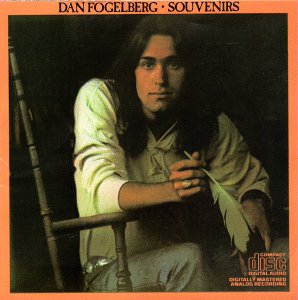
Souvenirs is the second studio solo album by the American rock singer-songwriter Dan Fogelberg. The album was released in late 1974, on the label Epic Records. The album reached No. 17 on the Billboard 200 in March 1975 and was certified double platinum by the RIAA. Joe Walsh produced the album and played on ten of the eleven tracks.
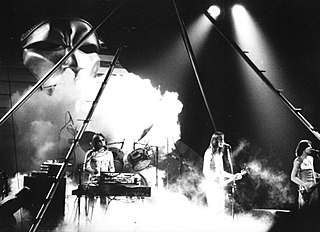
Utopia was an American rock band formed in 1973 by Todd Rundgren. During its first three years, the group was a progressive rock band with a somewhat fluid membership known as Todd Rundgren's Utopia. Most of the members in this early incarnation also played on Rundgren's solo albums of the period up to 1975. By 1976, the group was known simply as Utopia and featured a stable quartet of Rundgren, Kasim Sulton, Roger Powell and John "Willie" Wilcox. This version of the group gradually abandoned progressive rock for more straightforward rock and pop.

Nosferatu is an album by Hugh Cornwell of the Stranglers and Robert Williams, drummer in Captain Beefheart's Magic Band. It was released on 16 November 1979 by United Artists.
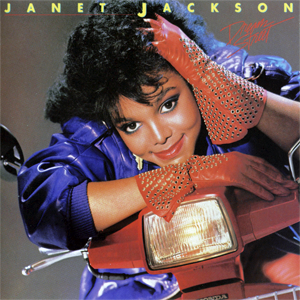
Dream Street is the second studio album by American musician Janet Jackson, released on October 23, 1984, by A&M Records. More pop than her debut album's "bubblegum soul" feel, the album was not the runaway success that Janet's father Joseph thought it would be, peaking at No. 147 on the Billboard 200 in 1984. The album did have one modest hit for Jackson, the Top 10 R&B single, "Don't Stand Another Chance", produced by brother Marlon. Also, the video for the song "Dream Street", her first music video, was shot during the shooting of the TV show Fame.

Ten Years of Harmony is an official double album compilation album released by the Beach Boys in 1981, and spanning their entire Brother Records-era up to that point (1970–80), including some unreleased or rare material. Although the song "Darlin'" had originally been recorded in 1967 while the group was signed to Capitol Records, the version on Ten Years of Harmony was recorded live in 1973 for the album The Beach Boys in Concert.

Pacific Ocean Blue is the only studio album by American musician Dennis Wilson, co-founder of the Beach Boys. When released in August 1977, it was warmly received critically, and noted for outselling the Beach Boys' contemporary efforts. Two singles were issued from the album, "River Song" and "You and I", which did not chart.

The Man with the Horn is an album released by Miles Davis in 1981. This was Davis's first new studio album since 1972’s On the Corner, his first recordings of any kind since 1975 and his first activity following a six-year retirement. The album title references his 1952 10-inch LP Young Man with a Horn.

The Monkees Present is the Monkees' eighth album. It is the second Monkees album released after the departure of Peter Tork and the last to feature Michael Nesmith until 1996's Justus.

Changes is the ninth studio album by the Monkees. The album was issued after Michael Nesmith's exit from the band, leaving only Micky Dolenz and Davy Jones to fulfill the recording contract they had signed in the mid-1960s. Changes was their last new album for Colgems Records and the group's last album of all new material until Pool It!, released in 1987.
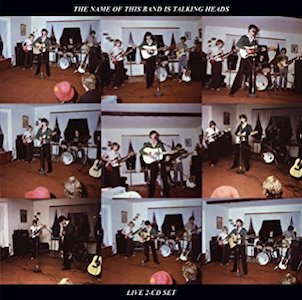
The Name of This Band Is Talking Heads is a double live album by the American new wave band Talking Heads, released in 1982 by Sire Records. The first LP features the original quartet in recordings from 1977 and 1979, and the second LP features the expanded ten-piece lineup that toured in 1980 and 1981. The album contains live versions of songs that appear on their first four studio albums: Talking Heads: 77, More Songs About Buildings and Food, Fear of Music, and Remain in Light.

The Love of Hopeless Causes is the sixth studio album by British rock band New Model Army, released in 1993. It was produced by Niko Bolas, except "Afternoon Song", which was produced by Riku Mattila. It featured guest musicians, guitarist Adrian Portas and Clive Layton, who played the Hammond organ on "Fate".
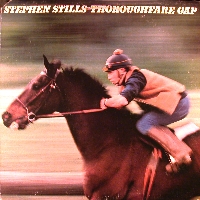
Thoroughfare Gap is the fifth studio album by American singer-songwriter Stephen Stills, released in 1978. It was a critical and commercial disappointment that only charted at number 84 in the US. This album is now available as a three-album set on two CDs with Stills & Illegal Stills, having never been released on its own on CD.
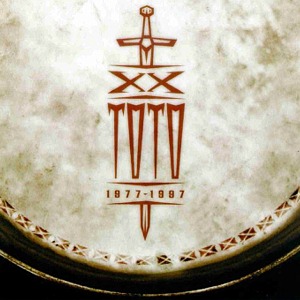
Toto XX: 1977-1997 is a compilation album by Toto to celebrate their 20th anniversary. The album features rare original demos, outtakes, previously unreleased recordings and live tracks from the band's 20-year career.
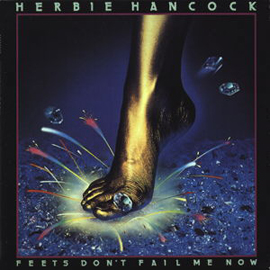
Feets, Don't Fail Me Now is the twenty-seventh album by jazz pianist Herbie Hancock. The record was released in February 1979, on the Columbia Records label.
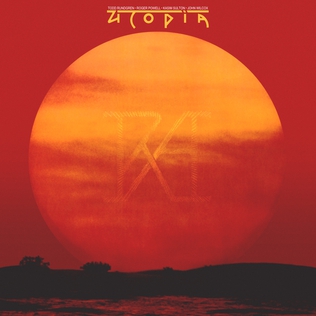
Ra is the second studio album and third release by Utopia on Bearsville Records, released in 1977. Rundgren planned on releasing the LP in 1976 on his own label "Ethereal Records" as the new 4 piece line up was not signed to Bearsville. Replete with an elaborate $250,000 stage show featuring a 22-foot-tall (6.7 m) pyramid and golden sphinx which took 18 months of prep, Ra was Rundgren's most ambitious live undertaking.

Good Music is the fifth studio album by Joan Jett and the Blackhearts, released in 1986. The album's working title was Contact, after the final song off the album, but it was changed to Good Music in its final stages.

Aretha is the thirty-first studio album by American singer Aretha Franklin, originally released on October 27, 1986 by Arista Records. It is the third album with the Aretha title to be released by Franklin, following her 1961 album and 1980 album.
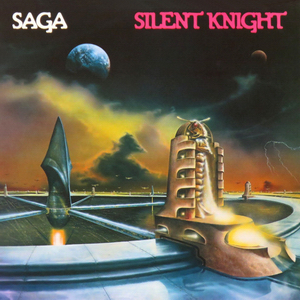
Silent Knight is the third studio album by the Canadian progressive rock band Saga and was originally released in August 1980. Silent Knight is certified Gold in Canada, having reached No. 42 in the charts. The Einstein Tower in Potsdam, Germany was used as a template for the album cover. Silent Knight marks the debut appearance of longtime keyboardist Jim Gilmour.



















